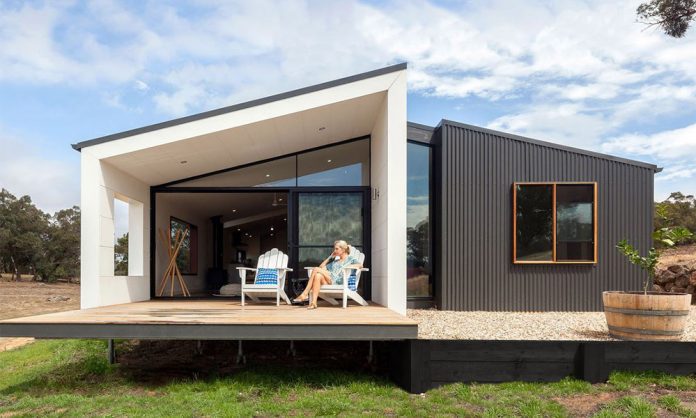The Rise of the Tiny Home Movement
In recent years, the tiny home movement has captured the imagination of people around the world. Driven by a desire for simplicity, financial freedom, and environmental sustainability, more individuals are choosing to downsize their living spaces. Tiny homes, typically ranging from 100 to 400 square feet, offer an alternative to traditional housing, allowing homeowners to live comfortably with fewer possessions and less financial burden. The appeal of tiny homes lies not just in their compact size but in the lifestyle they represent—a life of intentionality, minimalism, and freedom from the constraints of conventional housing.
Financial Benefits of Tiny Home Living
One of the most compelling reasons people are drawn to tiny homes is the significant financial savings they offer. Traditional homes come with hefty price tags, long-term mortgages, and high maintenance costs. In contrast, tiny homes are much more affordable to build or purchase outright. Many tiny home owners can finance their homes without taking on substantial debt, and the ongoing expenses—such as utilities and maintenance—are also much lower. Additionally, with fewer belongings to buy and store, tiny home residents often find that their overall cost of living decreases, freeing up money for other pursuits like travel, hobbies, or investing in experiences rather than material goods.
Environmental Impact and Sustainability
Tiny homes are not just a financial choice but an environmental one as well. The small footprint of a tiny home requires fewer building materials, reducing the overall environmental impact of construction. Many tiny homes are designed with sustainability in mind, incorporating energy-efficient appliances, solar panels, and water-saving systems. The reduced energy needs of a tiny home mean that residents use less electricity and water, further minimizing their environmental footprint. Moreover, the emphasis on minimalism and intentional living in the tiny home community often extends to a greater awareness of waste reduction, recycling, and the consumption of eco-friendly products.
The Challenges of Downsizing
While the benefits of tiny home living are numerous, it’s essential to acknowledge the challenges that come with downsizing to such a small space. Living in a tiny home requires a significant shift in mindset and lifestyle. Space is at a premium, so every item must serve a purpose, and clutter must be kept to a minimum. Privacy can also be an issue, especially for families or couples who share a tiny home. The lack of storage space can make it difficult to keep personal belongings organized, and the compact size may feel confining to those accustomed to larger living areas. However, for many, these challenges are outweighed by the benefits of a simpler, more intentional way of living.
Conclusion: Embracing the Tiny Home Lifestyle
Tiny homes offer a unique opportunity to live more sustainably, affordably, and intentionally. As the tiny home movement continues to grow, it challenges traditional notions of what a home should be and encourages us to rethink our relationship with space, possessions, and the environment. While tiny home living is not without its challenges, it provides a path to financial freedom, a smaller environmental footprint, and a life filled with experiences rather than things. For those willing to embrace the lifestyle, tiny homes represent more than just a place to live—they symbolize a new way of thinking about home and the possibilities it holds.




